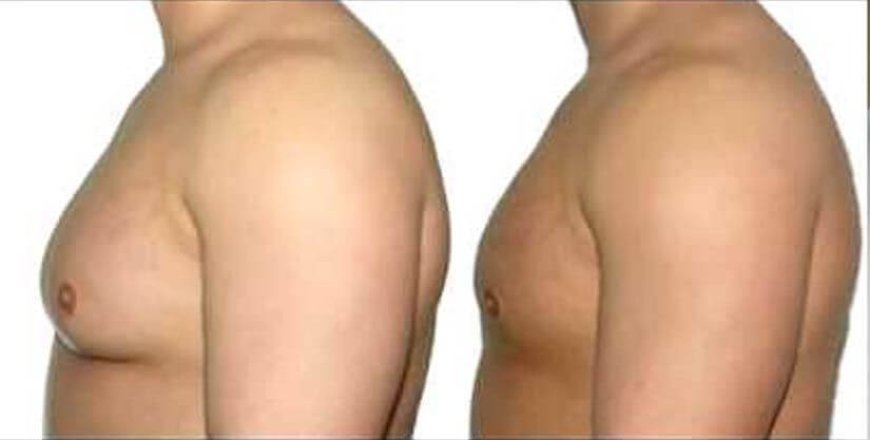Join our subscribers list to get the latest news, updates and special offers directly in your inbox
Gynecomastia surgery, often referred to as male breast reduction, is a surgical procedure designed to reduce excess breast tissue in men. This surgery can significantly enhance self-esteem and body image, but proper aftercare is crucial for a successful recovery and optimal results. Here are essential aftercare tips for Gynecomastia Surgery Cost Dubai patients:
Your surgeon will provide specific postoperative care instructions tailored to your individual needs. It’s vital to follow these guidelines closely, as they are designed to minimize risks and promote healing. This may include:

Post-surgery, you will likely be advised to wear a compression garment. This helps reduce swelling, supports healing, and maintains the new contour of your chest.
Mild to moderate pain is common after surgery. Your surgeon may prescribe pain relief medications or recommend over-the-counter options.
Be vigilant for signs of complications, such as:
If you notice any concerning symptoms, contact your surgeon promptly.
Eating a balanced diet is essential for healing. Focus on:
While rest is important, it's also crucial to gradually reintroduce physical activities as recommended by your surgeon.
Regular follow-up appointments with your surgeon are vital for monitoring your recovery progress.
Recovery from gynecomastia surgery takes time. Be patient with your body as it heals, and allow yourself to adjust to the changes.
Proper aftercare following gynecomastia surgery is essential for achieving the best results and ensuring a smooth recovery. By following these tips and maintaining open communication with your healthcare provider, you can navigate your postoperative journey with confidence and ease. If you have any concerns or questions about your recovery, don’t hesitate to reach out to your surgeon for guidance
tagxa Oct 21, 2024 0 8
arronfinch12 Dec 3, 2024 0 8
TheSixMoving Sep 23, 2024 2 14706
veronicablogz Sep 10, 2024 0 2858
luxuryresidences Apr 30, 2025 0 2459
sonalikaverma Oct 7, 2024 0 661
Zanto Oct 9, 2024 0 105
Zanto Oct 7, 2024 0 156
Zanto Oct 2, 2024 0 129